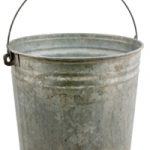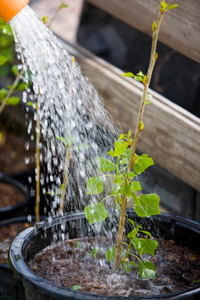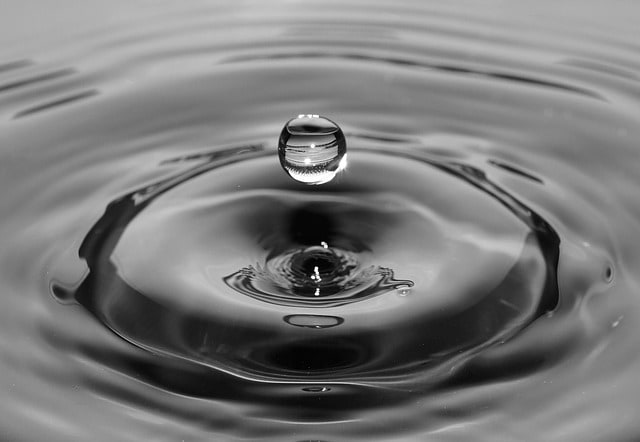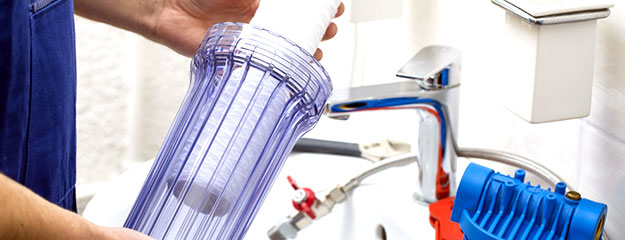Most methods of gray water reclamation, from lugging around a full bucket to diverting the water through a costly treatment system, involve a simple cycle:
- White water is pumped into the home and is used in showers, bathtubs, sinks, dishwashers, laundry rooms and toilets.
- White water that comes into contact with human waste becomes black water; the rest becomes reusable gray water.
- Gray water is reused for domestic purposes when appropriate. Black water is sent into a septic tank or sewage system, along with any unused gray water.

Gray water reclamation doesn’t have to be difficult. It can be as easy as taking a bucket with you into the shower.
When pipes are used to divert gray water, take care to prevent pumps and filters from clogging with bits of hair, skin and food. When clogs do occur, it is worth remembering that chemical clog removers are just the kind of harsh chemicals you don’t want to send directly into your garden. Natural solutions, such as boiling water or vinegar and baking soda treatments, might be less damaging to plant life. Additional safety precautions often depend on the specifics of the reclamation system in place, desired vegetation and the home’s residents. Gray water laws also vary from place to place. This issue will be discussed later.
Three basic gray water reclamation systems are commonly used. The main differences involve the scope, complexity and cost of the reclamation process. Read more





